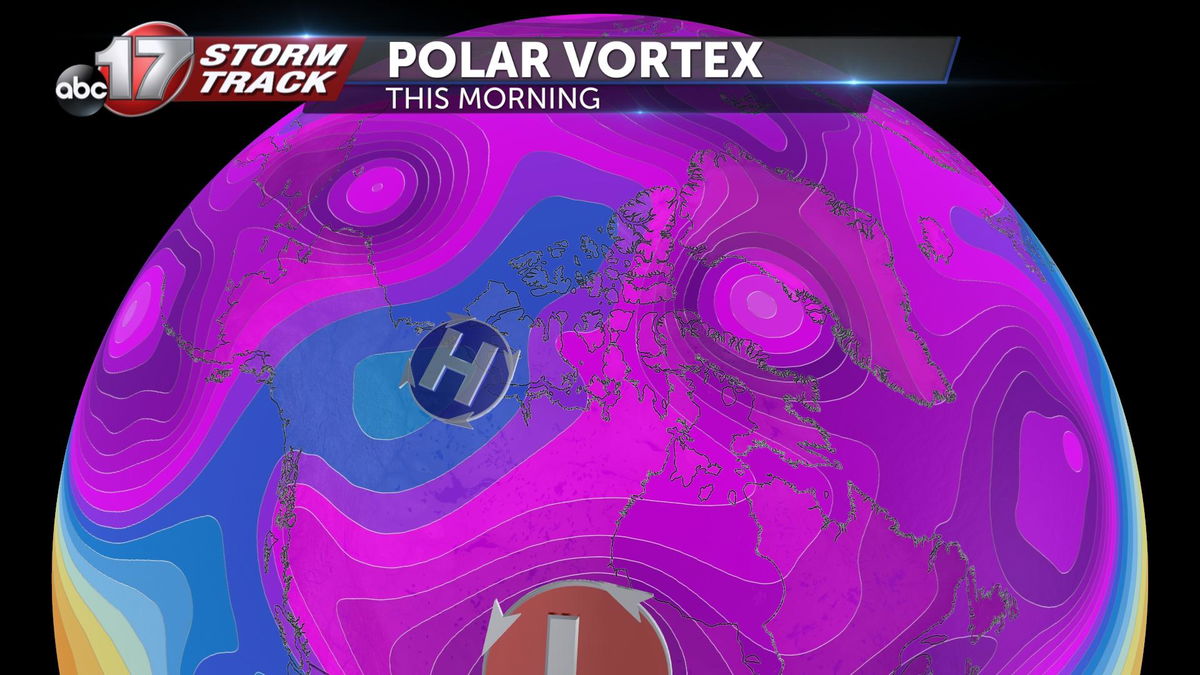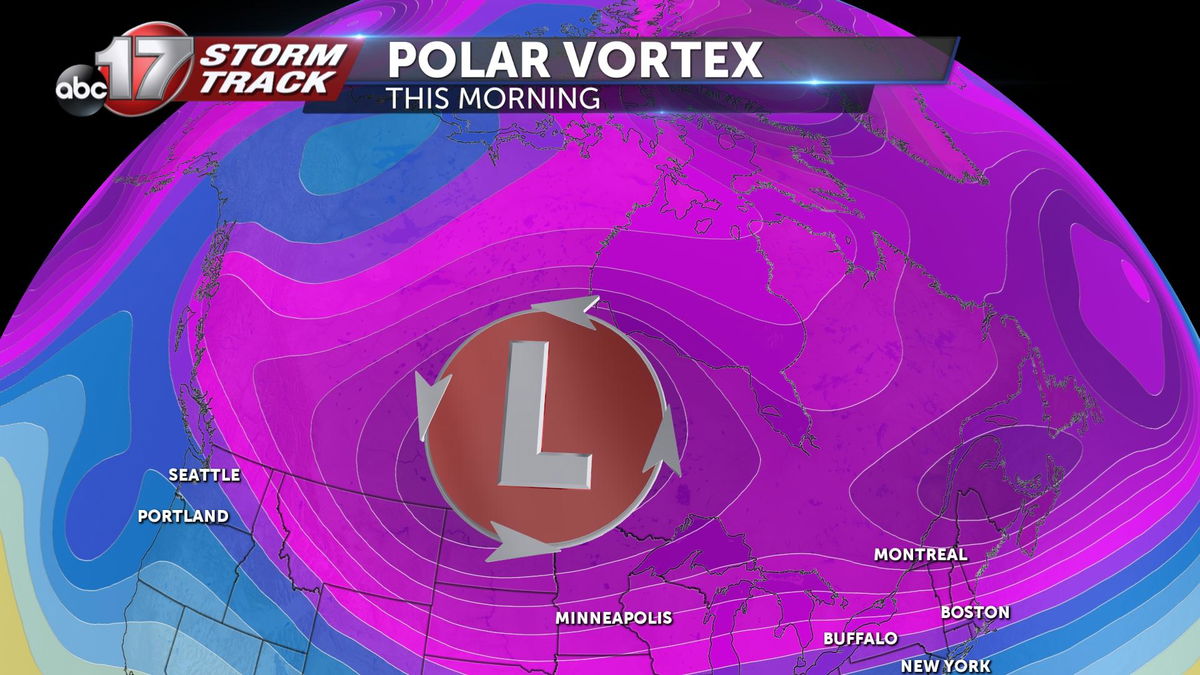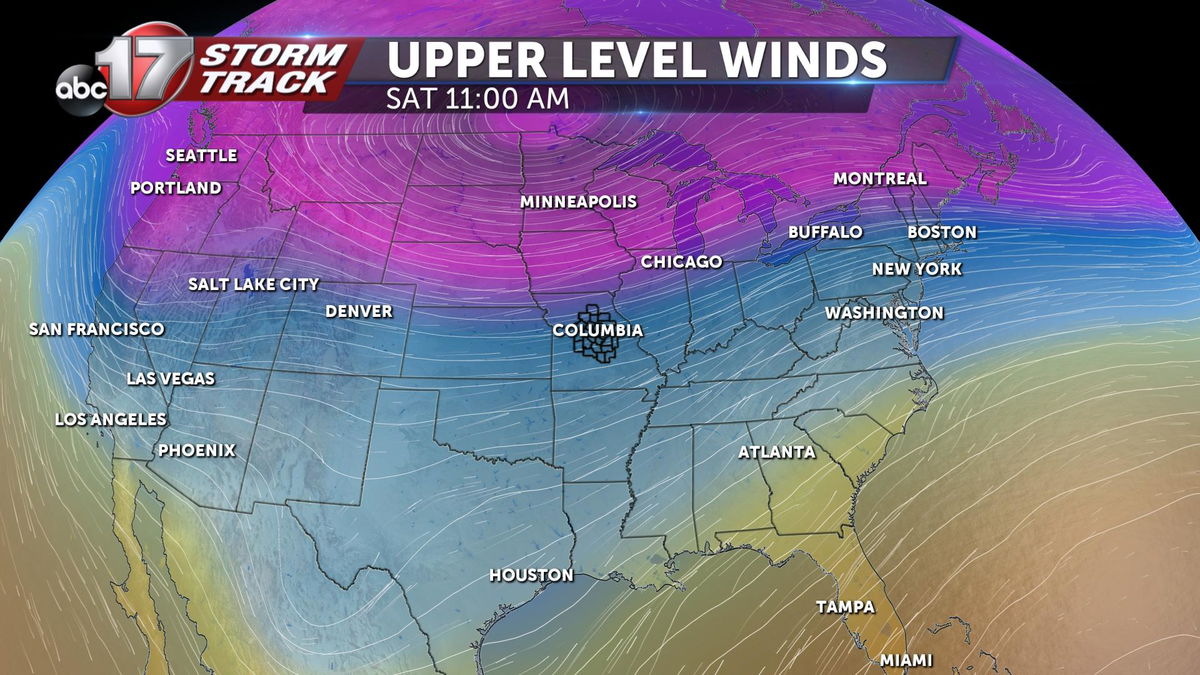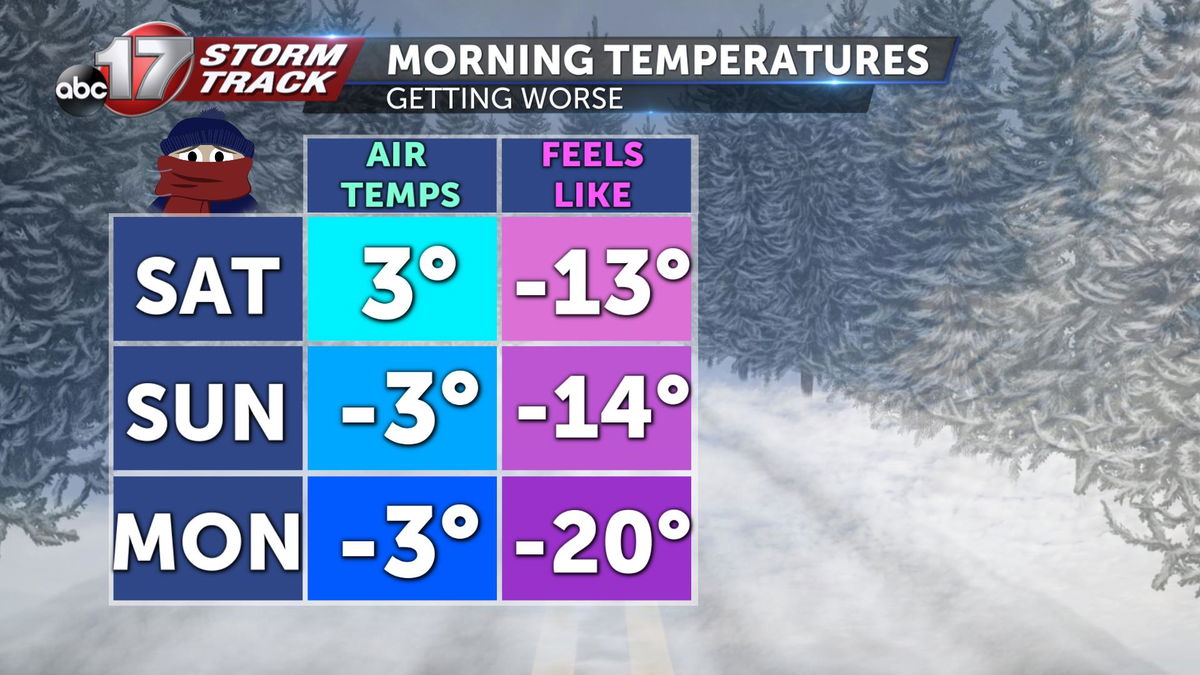Why is the polar vortex this far south?
If you’re wondering if this cold signifies the end of the world and if doomsday is upon us, don’t worry. This isn’t hugely abnormal for mid-Missouri to see polar air drift this far south. Often, this colder air typically stays near the Arctic poles as low pressure and strong winds trap this colder air where it belongs. In this case, though, that pattern was disrupted.


As you can see from this morning, an area of high pressure has helped to dislodge the colder air from where it normally stays. This forced that colder air down toward Canada and the United States.

Looking ahead to this weekend, it appears that this colder air will be sticking around. The upper level wind patterns of that polar vortex, or counterclockwise flow of cold air around the poles, will continue to be disrupted through early next week.

This will yet again cause our temperatures to fall further below average. Polar vortexes are not uncommon, in fact, they exist year-round in the poles, and not all colder weather is caused by the polar vortex sliding south. But this isn’t the first time in history that the polar vortex has been disrupted. In fact, the term ‘polar vortex’ has been in existence since the 1850s, and since then we’ve seen the polar vortex disrupted many times.
